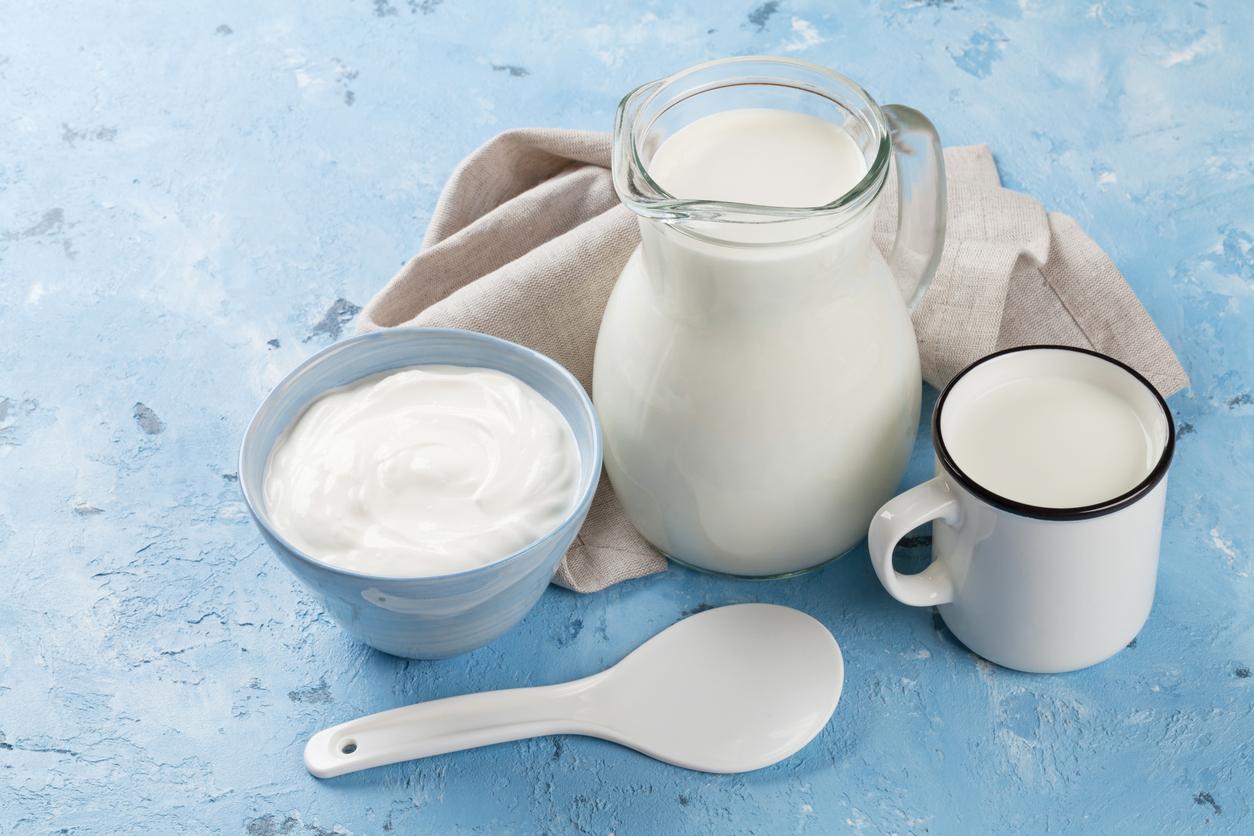
Lactose-free dairy for lactose intolerance
Milk, chocolate milk, flavored milk drinks… All these dairy products contain lactose. Not everyone can tolerate this milk sugar equally well. About 10 percent of the Dutch population has lactose intolerance and develops complaints after drinking milk products. Don’t worry: nowadays there are also milk products for sale where the lactose has been removed.
Normally, lactose from milk products is broken down by the enzyme lactase. With a lactose intolerance, there is no or insufficient lactase in the small intestine. The result: lactose ends up in the large intestine undigested. The gut bacteria know what to do with this: they convert the lactose, which can lead to gases or acids. And they stimulate the intestines.
Diarrhea and abdominal cramps
With a severe form of lactose intolerance you can get diarrhea. In a milder form you get abdominal cramps or bloating. But also if you have other complaints such as flatulence and nausea, this can indicate lactose intolerance. There are several tests to really make the diagnosis. These tests can be done by the general practitioner and in the hospital. Once the diagnosis has been made, it is smart to avoid the lactose afterwards.
Lactose is found in the following milk products:
- full, semi-skimmed and skimmed milk and buttermilk
- goat’s milk, sheep’s milk, horse’s milk and donkey’s milk
- soft goat and sheep cheese
- chocolate milk, yogurt drink and fruit dairy drinks
- processed cheese, cheese spread, foreign cheese, fresh cheese, cottage cheese, cottage cheese.
- yogurt, cottage cheese, kefir
- custard, porridge, pudding, mousse
- whipped cream, sour cream and crème frache
Lactose can also be found in medicines, vitamin preparations and sweeteners. In these products, it is usually used in very small amounts as a filler. Most people with lactose intolerance do not experience any symptoms of this.
A little lactose is often okay
A majority of people with lactose intolerance can still tolerate a little lactose (about 10-12 grams per day), especially if they divide it over the day. That is equivalent to a glass of milk, a bowl of yogurt or dessert with every meal. Sour milk products naturally contain less milk sugar. Therefore, products such as yogurt and buttermilk are generally better tolerated. Hard Dutch cheese is even lactose-free. How much lactose your body tolerates is a matter of trial and error, because the sensitivity varies from person to person.
Real dairy without lactose
But what if you love a cafe latte or a glass of cool milk with your sandwich? Then there are now also cow’s milk products from which the lactose has been removed. These milk products contain only traces of lactose. By means of a special technology, the naturally present lactose in the milk is previously split into the components lactose and galactose. This also means that people who cannot tolerate galactose (people who suffer from the rare metabolic disease galactosemia, for example), cannot tolerate these types of products.
Removing the lactose has no effect on the calorie values of the milk. All natural nutrients, vitamins and minerals are retained. However, the percentage of lactose in the milk has been reduced to a residual percentage of less than 0.1 grams per 100 grams of milk. Most people with a lactose intolerance can therefore drink these products.
Plant-based alternatives
There are also plant-based alternatives to milk, such as soy milk, rice milk, almond milk, coconut milk, hazelnut milk. There is also lactose-free cream, yogurt and cream cheese on the market. So plenty of choice, for people with a lactose intolerance.
Cow’s milk allergy
Lactose intolerance is not the same as a cow’s milk protein allergy. Intolerance means that a certain substance is not well tolerated (in this case lactose). The body does not make antibodies in lactose intolerance. This is the case with an allergy. In a cow’s milk allergy, the body reacts allergically to the proteins in cow’s milk. The complaints are also very different and are usually not limited to the abdomen and intestines. Lactose-free dairy is therefore not suitable for people with a cow’s milk protein allergy.
Sources):













